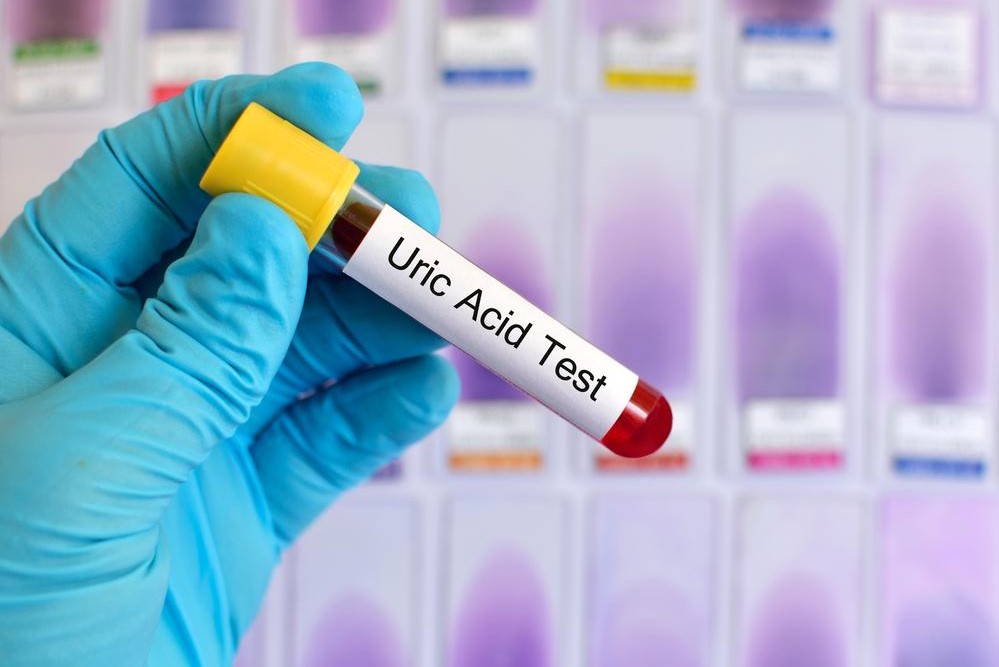Understanding Gout: Diagnosis, Tests, and Evaluation
This article provides an overview of gout diagnosis, including essential questions to answer, and describes various tests such as blood analysis, X-ray, ultrasound, and joint fluid examination. It guides patients on preparing for medical assessments and understanding the diagnostic process for gout.
Sponsored

Gout can be mistaken for other joint conditions because of overlapping symptoms like pain and swelling. If you suspect you have gout, your healthcare provider will ask detailed questions during your visit to help with diagnosis.
Prepare to discuss the following with your doctor:
Family History: Do relatives have gout?
Symptoms: What are they, onset, and severity?
Triggers: Have you noticed specific triggers such as diet, stress, or illness?
Overall health: Do you have other medical conditions or take medications?
Diet and lifestyle: What are your daily food and drink habits, including alcohol intake? Do you use any vitamins, supplements, or over-the-counter medicines?
If gout is suspected, your doctor may refer you to a specialist such as a rheumatologist. Several tests will be performed to confirm the diagnosis:
Blood Analysis: Checks uric acid and creatinine levels, though results may not always be definitive.
X-ray Imaging: Detects joint damage or inflammation causes.
Dual-energy CT scan: Non-inflamed joints are examined for urate crystal deposits.
Ultrasound: Spotting urate crystals, especially common in European practices.
Joint Fluid Aspiration: Drawing fluid from a joint to identify urate crystals under a microscope.






